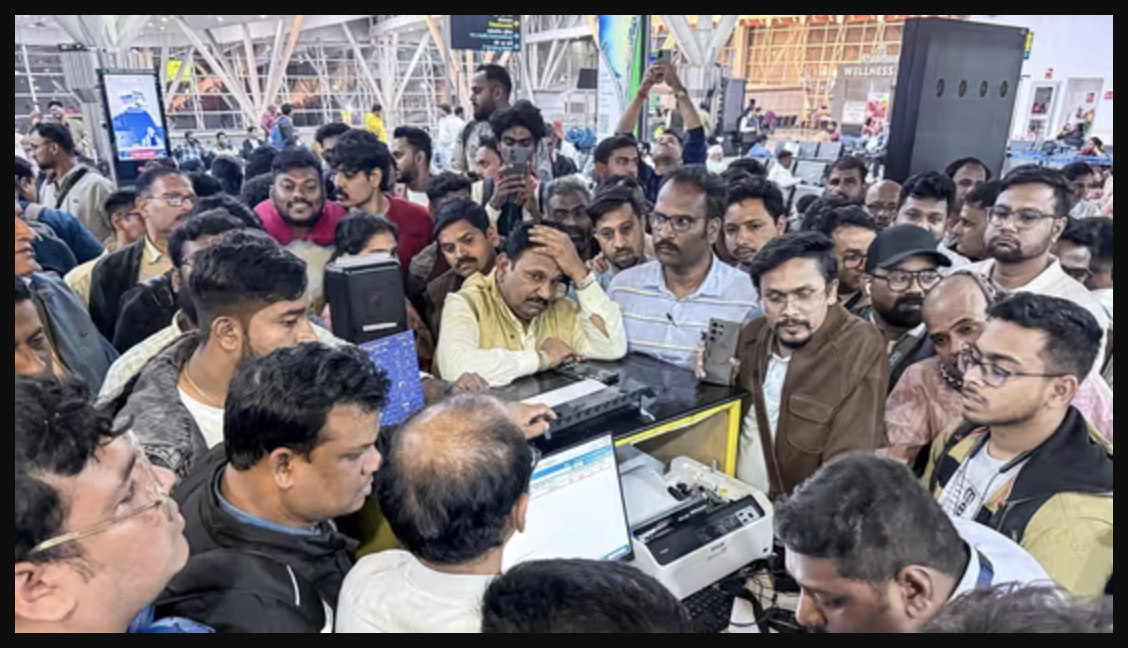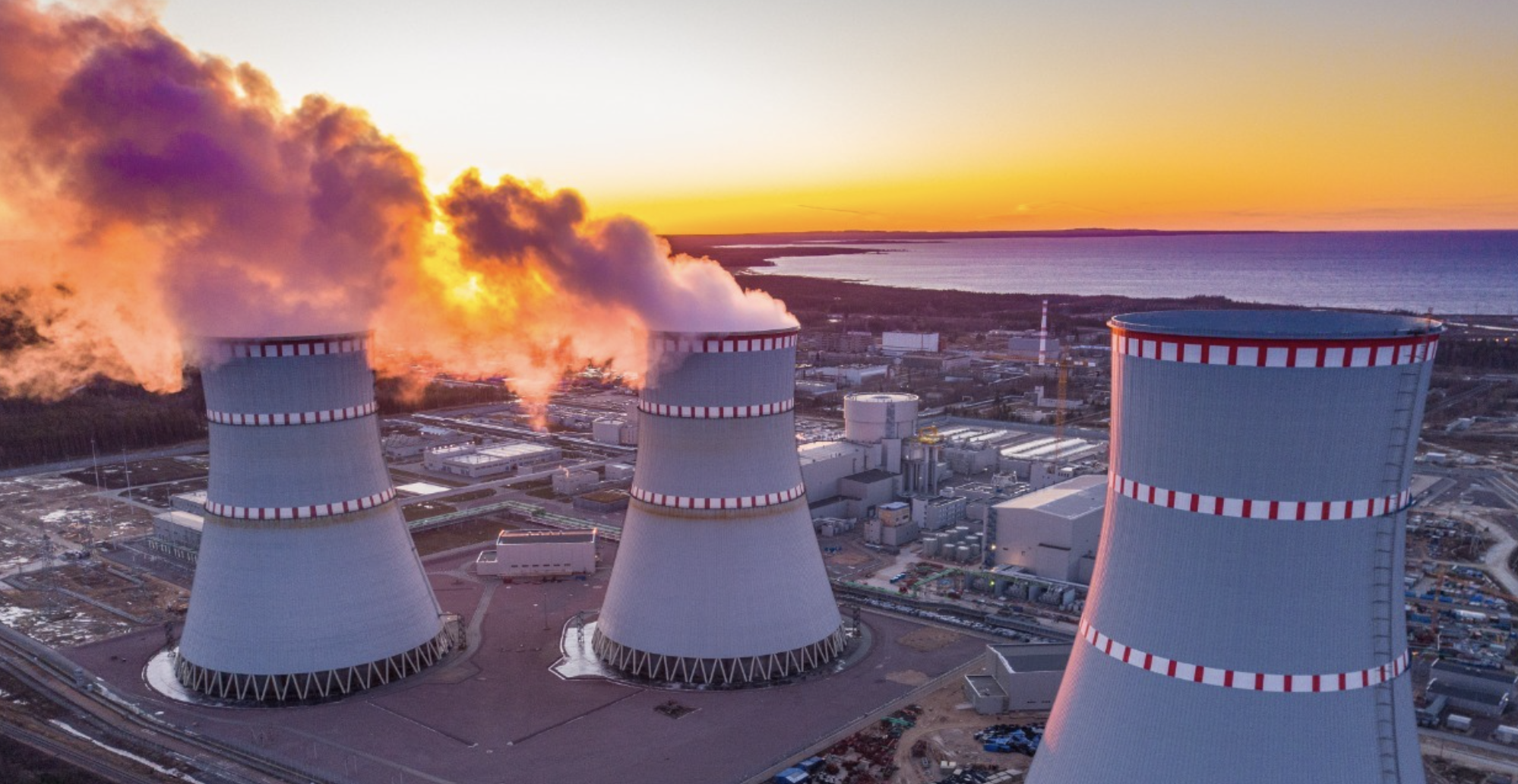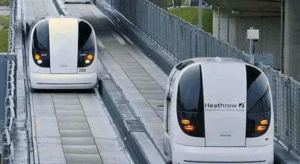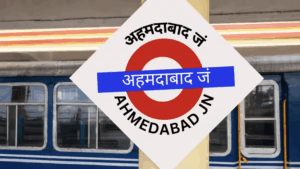A Game-Changer for Pune and Bengaluru
The Pune-Bengaluru Expressway is set to revolutionize travel between two of India’s key cities. Spanning 700 kilometres, this high-speed corridor will cut travel time from 15 hours to just 7 hours, offering a faster and more efficient alternative to the existing National Highway 48. The expressway is expected to significantly enhance connectivity, making travel smoother for both commuters and businesses.

Key Features of the Expressway
Developed under Bharatmala Pariyojna Phase 2, the expressway comes with modern infrastructure and design:
- Six-lane highway: Ensures smooth traffic flow and reduced congestion.
- 120 km/h speed limit: Designed for fast and safe travel.
- Rs 50,000 crore investment: A massive budget for top-tier infrastructure.
- Strategic connectivity: Links with the Pune-Mumbai Expressway for improved accessibility.
These features will not only reduce travel time but also create a seamless transit route between Maharashtra and Karnataka.
Route and Connectivity
The expressway will pass through multiple districts, benefiting various regions along the route:
- Maharashtra: Sangli, Satara, and Pune.
- Karnataka: Belagavi, Bagalkot, Gadag, Koppal, Vijayanagara, Davanagere, Chitradurga, Tumakuru, and Bengaluru.
The expressway will end at the proposed satellite ring road in the Muthagadahalli area of Bengaluru, further integrating the city’s transport network.
Economic and Regional Benefits
The Pune-Bengaluru Expressway is not just about reducing travel time. It aims to boost economic growth by:
- Enhancing trade and commerce between Maharashtra and Karnataka.
- Increasing tourism and business opportunities along the route.
- Supporting faster logistics for industries and supply chains.
- Reducing traffic congestion on National Highway 48.
With an expected completion date of 2028, this expressway will be a major milestone in India’s infrastructure development, promoting regional prosperity and better connectivity.
4o













